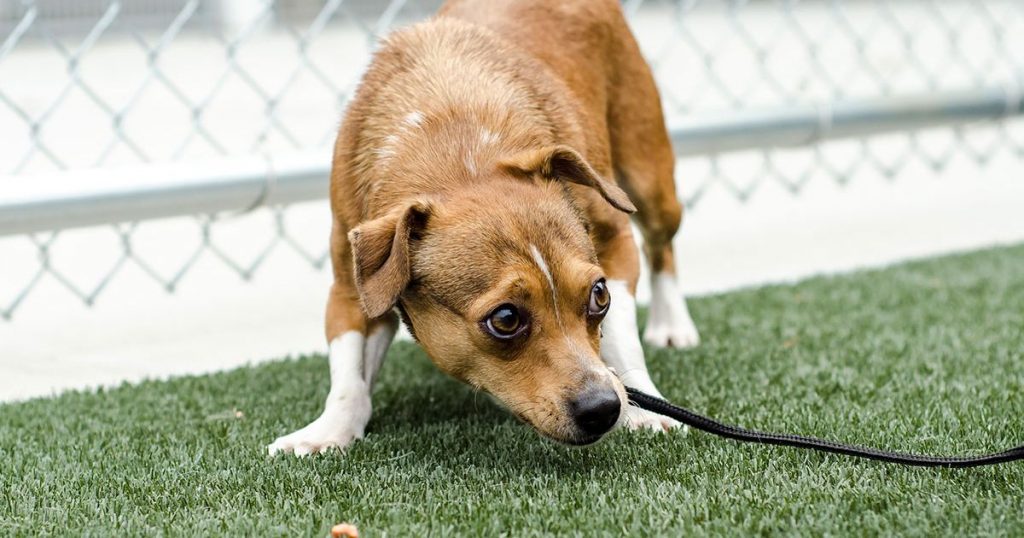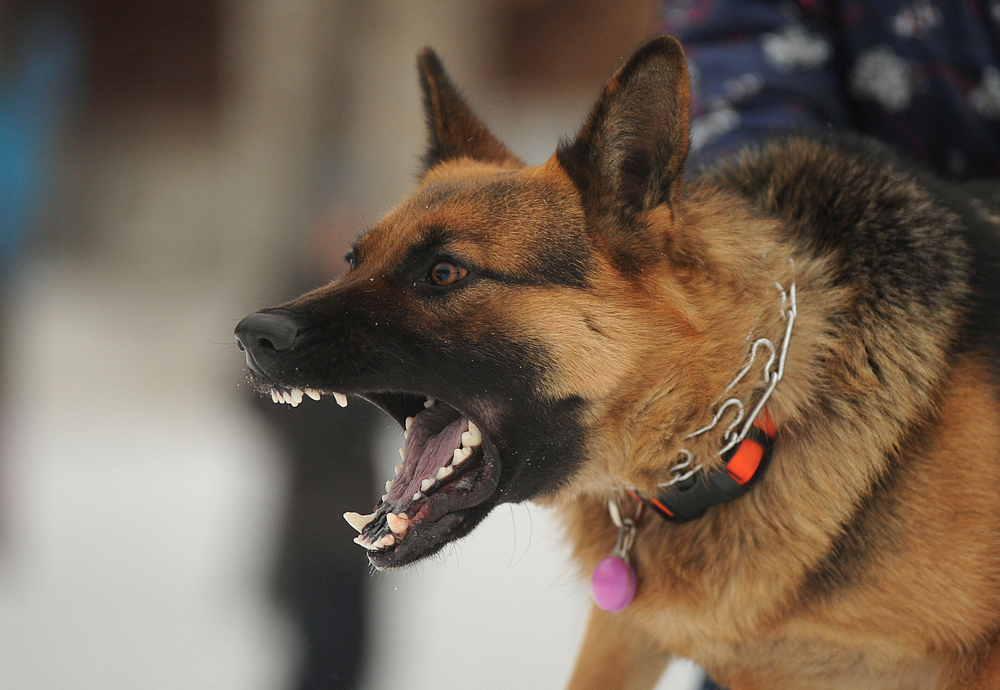Speak Dog: Learn The Secret Language of Dogs

Dogs do not speak human language but they have their own language. A canine communicates through barking, whining, growling, crouching, jumping, wagging, and many other non-verbal cues. Although, each bark, whine, jump, growl, and wag has its own meaning that can change according to the situation. Keep reading this blog to learn the meaning behind each of your pet’s actions.
Dog Body Language
As a dog parent, it is better to keep an eye on your pooch’s behavior because when we fail to understand their behavior, they may become aggressive or react defensively. Learning their way of communication can help us to avoid such situations. Here are some common explanations:
1. Barking
Barking to dogs is a lot like yelling to humans. The difference in their pitches helps us to understand what their bark meant.
- A high-pitched bark often means they are ready to play
- A low-pitched bark, almost like a growl, is associated with aggression or fear. It means they are feeling threatened and the dog may attack you
- A high-pitched growl is often a playful signal, a result of some game like tug-o-war
- Rapid, continuous barks are usually an alert singaling that you are crossing their territory.
- A yelp usually comes from an injured dog, they may need urgent care. Still approach them with care to let them know that you are not a threat
- Whining indicates a specific want, maybe they don’t want you to leave the house or they are telling you that they are afraid of something
- Howling is a way to let other dogs know of their location, it is a form of signal between dogs.
2. Wagging tail
Most people have a misconception that a wagging tail means that a dog is happy and excited. This is not always true, varied speed of wagging means different things.
- Fast wagging indicates increased arousal, can be an indication of excitement.
- Slow, side-to-side wags show that your dog is happy to see you, this comes from a relaxed dog.
- Helicopter Wag is the one where your pooch will move their tail in a circular motion. This is a happy wag.
- Twitching movements of tail indicates negative emotions.
- Height of the tail from the ground also says a lot about your dog’s mood. If their tail is tugged in between their hind legs or is nearer to the ground is an indication that they are scared. Or if their tail is upright, they feeling confident, happy, or aggressive.
3. Facial expressions
Dogs tend to show similar facial expressions as humans, but their expressions can mean different from ours.
- Dogs yawn when they are stressed.
- Lip licking is in response to delicious food, but it also indicates a feeling of anxiousness.
- Smiling can often be misinterpreted as it can easily be an aggressive response, when it is accompanied by a low growl or snarl. A happy dog will have a relaxed expression.
As it has been told that the eyes are the windows to the soul, the same is true with dogs. Their eyes will tell you many tales.
- Soft, relaxed eyelids mean the dog is happy and content.
- Hard, cold eyes show a negative state of mind, which often is a sign of threat.
- They will avoid eye contact whenever they are stressed.
- If they are avoiding eye contact that means they are uncomfortable.
4. Posture
The way dogs carry themselves also tells a lot about their moods. The key to understanding this is by observing their weight distribution.
- A cowering dog that is hunched towards the ground is a sign of fear or stress.
- A dog rolling on their back, exposing bellies can simply be because they want belly rubs, but in extreme conditions, it can even mean that they are anxious or under a considerable amount of stress. In such situations, dogs can even urinate a little.
- If the dog’s weight is shifted forward, this might indicate that they want to appear larger, combined with some other cues like twitching tail, or holding high, this posture may show their offensive intentions.
- The easiest posture to understand is the play-bow, where they place their chest on the ground. This is their way to ask you to play with them.
These were the different meanings of every gesture that your dog displays. Some classic examples are:
- Happy Dog
Relaxed body posture, with the mouth open and tongue rolling out. The tail is wagging and the eyes and ears are in a natural position.
The weight distribution is equal across the body or they are inviting you to play with them using play-bow posture.
- Worried Dog
The dog is standing but the head is lowered down, the ears are dropped and the tail is tucked and they are yawning.
The dog is lying down, avoiding eye contact, licking their lips with their ears dropped back.
- Angry Dog
Standing with stiffened body posture, weight leaning forward, ears and hair raised and looking at you with dark-enlarged pupils, is an unhappy or startled dog.
A dog with weight towards the back, snarling and barring their teeth at you, eyes staring and lips drawn back are ready to attack.
None of the signals mentioned in this blog acts alone, each eye movement is coupled with a particular posture and ear position. To determine the mood of your dog, it is important to pay attention to their every move. This newfound piece of information will help you understand your dog’s emotions better and prevent any behavioral problems before they occur.



